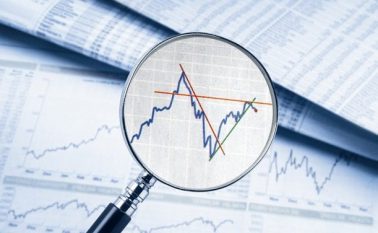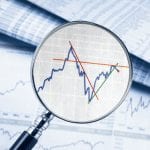Fundamental Analysis (5)
Fundamental analysis, along with technical analysis, is an essential part of every trader’s know-how. While the latter focuses on historical data, such as price movement patterns and signals, the fundamental analysis examines security’s intrinsic properties, by focusing on key financial and economic drivers. In other words, you’ll look for every factor ranging the effectiveness of a company’s leadership to the overall state of the economy today to estimate the next price move. This may sound complicated, but with our easy-to-follow fundamental analysis guides, it will become fully manageable.
What is fundamental analysis and how it relates to technical analysis?
Fundamental analysis is the study of factors that contribute to the demand and supply, leading to a positive or negative effect on the prices of assets in the future. Depending on the asset class, the analysis could include several interrelated criteria such as balance sheet, inventory, growth prospects, expected returns, supply chain, and consumer behaviour. They could also include unexpected events like natural disasters and conflicts.
The relation between fundamental and technical analysis is all about collecting evidence using different analytical approaches to predict the future price of an asset or asset classes.
Does fundamental analysis work?
Yes, fundamental analysis is one of the primary evaluating methods used in forecasting the prices of financial instruments. The analysis is predominantly used for long-term investments since it generally does not factor in short-term price swings. Although the approach aims to predict the future price of an asset by measuring its intrinsic value, fundamental analysis models are developed on historical and forward-looking information.
How to learn fundamental analysis of forex?
Forex fundamental analysis broadly comprises studying the global macro-economic and socio-political events that impact currency prices with hardly any emphasis on micro factors. The study includes monitoring indicators such as GDP, industrial production, unemployment rate, retail sales, consumer inflation, interest rates and other factors like geopolitical, and trade tensions.
You can learn fundamental analysis of forex from several free online resources that specialise in providing quality research.
How to learn fundamental analysis of stocks?
Stock or equities fundamental analysis aims at assessing the intrinsic value of a stock and their expected performance in the future. The investment decision is typically on micro and macro-economic factors that impact a firm or the sector. These could include the management team, balance sheet, return on equity, competition, while the macro-economics represent the state of the economy, government and central bank policies.
There are tons of online resources that assist investors in learning the fundamental analysis of stocks. You could also check Asktraders.com for all your stock fundamental analysis requirements.
How long does it take to learn fundamental analysis?
It’s hard to predict the exact time an individual would take to learn fundamental analysis since it is a vast subject and could ultimately boil down to what you’re learning, the asset classes you choose, and learning preferences. While some may disagree, it’s faster to learn macro-economic fundamentals than sifting through tons of research papers trying to analyse individual firms.
Broadly speaking, if you choose to self-learn, it could take about twice the time to master fundamental analysis compared to the option of hiring a professional tutor or taking up an online course.














